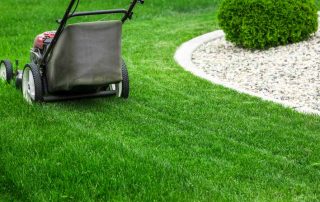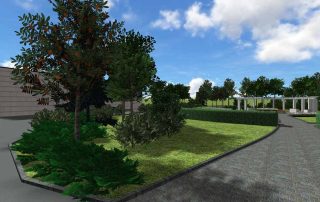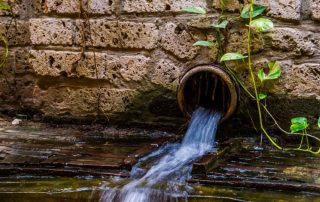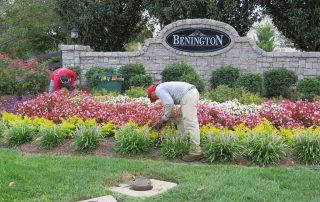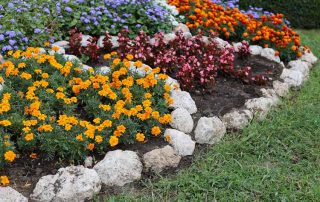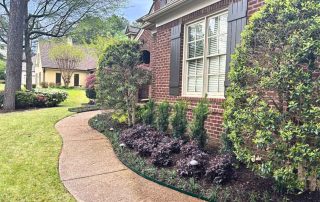Mastering Commercial Landscape Mowing The Ultimate Guide for Landscaping Businesses and Property Managers
Pugh's Earthworks Commercial Landscape Mowing is more than just cutting grass. It is an art form that requires precision, expertise, and the right techniques to create visually appealing green spaces. For landscaping businesses, property managers, and garden enthusiasts, understanding the intricacies of commercial lawn care can make all the difference in maintaining pristine landscapes. The professionals at Pugh's Earthworks are the best in the business for lawn mowing and all aspects of commercial landscaping. Creating and maintaining beautiful commercial landscapes is essential for property managers and landscaping businesses aiming to leave a lasting impression. A well-manicured lawn reflects professionalism and attention to detail, promoting a positive image. This comprehensive guide will explore the best practices, efficient mowing techniques, and essential tips for commercial landscape mowing. By the end of this post, you will have the knowledge and confidence to transform any commercial property into a lush, green oasis. Understanding Commercial Lawn Care Commercial lawn care involves more than just routine mowing. It encompasses a range of activities aimed at ensuring the health and aesthetics of large-scale green spaces. These activities include fertilization, pest control, and irrigation. For landscaping businesses, offering comprehensive lawn care services can set you apart in a competitive market. Quality commercial lawn care requires specialized equipment and expertise. Unlike residential mowing, which can often be managed with basic tools, commercial mowing demands advanced machinery capable of handling vast areas efficiently. Investing in high-quality equipment is crucial for providing exceptional service and achieving long-term success. Importance of Professional Landscaping Professional landscaping has a profound impact on property value and curb appeal. A well-maintained landscape not only enhances the aesthetic appeal of a property but also creates a welcoming environment for visitors and occupants. For property managers, this translates to higher tenant satisfaction and increased occupancy rates. Additionally, professional landscaping contributes to environmental sustainability. Proper lawn care practices, such as efficient mowing techniques and responsible water usage, promote healthier ecosystems. Landscaping businesses that prioritize sustainability can attract eco-conscious clients and contribute positively to their communities. Efficient Mowing Techniques Efficiency is key when it comes to commercial landscape mowing. Implementing effective mowing techniques ensures that the job is done quickly without compromising on quality. One essential technique is the use of the “one-third rule,” which involves never cutting more than one-third of the grass blade length at a time. This practice helps maintain the health of the grass and prevents stress. Another technique is alternating mowing patterns. Changing the direction of mowing each time prevents soil compaction and encourages upright growth. This results in a more even and lush appearance. For large commercial properties, using wide-deck mowers can significantly reduce the time required to mow expansive areas. Choosing the Right Equipment Selecting the right equipment is crucial for efficient and effective commercial mowing. Different types of mowers are suited for various terrains and grass types. For example, zero-turn mowers are ideal for navigating tight spaces and intricate landscapes, while rotary mowers are suitable for large, open areas. Investing in high-quality, [...]

